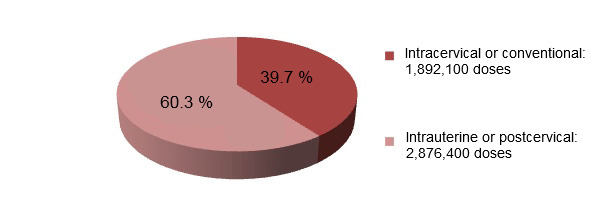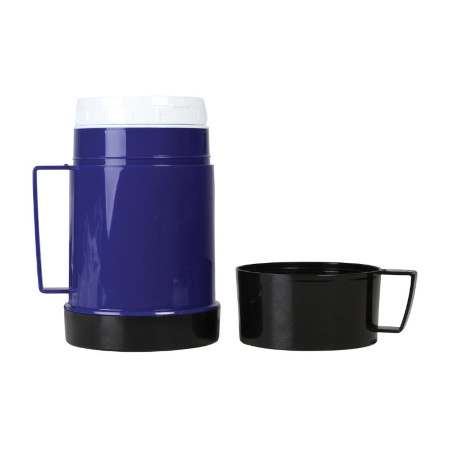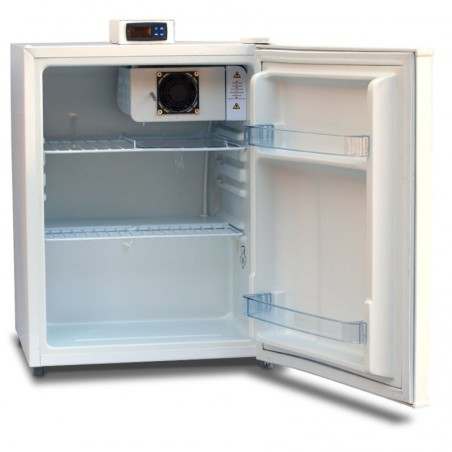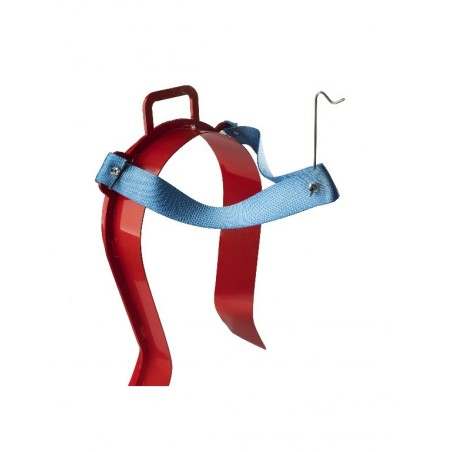Artificial insemination is the most widespread reproductive technique in swine, and it is evolving constantly. The incursion, some years ago, of two new insemination techniques (intrauterine or postcervical, and deep intrauterne AI), represents one of the most relevant milestones of this evolution. Essentially, both techniques allow to reduce significantly the number of sperm per dose with respect to the conventional technique without lowering fertility and prolificacy, and this reduction can be higher with the deep intrauterine AI (Roca et al., 2011). The diversification of the AI techniques opens the debate about which one to use. The criteria for choosing one or another should go beyond price (catheter and semen dose) and consider productivity and profitability. Productivity should be understood as the number of born and/or weaned piglets, including their weight, for every 100 inseminated sows. Profitability is defined as the expenses (catheter, semen dose, labour cost, etc.) per born and/or weaned piglet. What may be productive and/or profitable for a certain farm, may not be so for another one. There are factors that condition the productivity and profitability on each farm: for instance, the scenario in which the inseminations are carried out, determined by the level in the production pyramid (selection, multiplication and production), which conditions the availability of boars, and by the kind of semen to be used (fresh, refrigerated or frozen). Recently, the Journal of Animal Science has published an interesting study by Gonzalez-Peña and collaborators that tackles this matter and, among other contributions, answers this question: Which AI technique should I use? In summary, these authors, based on production and economic indices, consider more profitable the deep intrauterine insemination in selection farms, and intrauterine insemination in production farms. With respect to the kind of semen, intrauterine AI would demand fresh or refrigerated semen, and frozen semen would be used in the case of the deep intrauterine insemination.


Figure 1. Refrigerated semen doses sold in Spain during 2010 (Results of the survey to AI centres to know the degree of implementation of post-cervical AI in Spain. Swine Producers National Association.)
The most common scenario in the pig industry is a production farm that inseminates with refrigerated semen. In this scenario, intrauterine insemination is replacing conventional insemination, at least in Spain, as shown by the fact that 60% of the semen doses sold in 2010 were administered with intrauterine insemination (Figure 1). This reality holds another question: Which number of sperm must we use per dose of refrigerated semen for the intrauterine insemination? As the expert A. Bolarín (AIM Ibérica) explained in the last meeting of the European Association of Veterinary Specialists in Artificial Insemination, there is still no consensus. Quite on the contrary: the range is so wide that it fluctuates between 500 and 2,000 x106 sperm per dose (Table 1). As a reflection on this point, I would say that we should be cautious when setting the number of sperm per AI dose, so the urge to reduce it does not make us use a number that is under the fertility threshold (minimum number of necessary sperm per AI dose in order to guarantee the fertilisation of all the ovulated oocytes). This minimum number can vary enormously between farms. With respect to this we must remember that only a 5-6% of the variation between farms in terms of fertility and prolificacy depends on the boar-semen pairing. The remaining 94-95% of the variation depends on factors related to the sow and the management, and here we include the heat detection, the handling of the semen dose on the farm, the professionalism when carrying out the insemination, the number of inseminations per sow and oestrus cycle, etc. Another thing to bear in mind, and that is the object of debate, is the volume of the AI dose for the intrauterine insemination. This is not a trivial thing. The volume of the dose is important and, in general, we could say that the higher the volume, the better the fertility and prolificacy results. Together with the volume of the dose, the degree of dilution of the sperm is also important. An excessive degree of dilution (dose with a great volume and few sperm) is detrimental to the sperm functionality and to their subsequent fertility and prolificacy. The packing system in a two-chamber bag (a first bag with the sperm kept in a low dilution degree and a second bag that only contains extender) seems to be an alternative that combines both advantages: a high final volume of the insemination dose together with a reduced degree of dilution of sperm during their preservation under refrigeration conditions.
Table 1. Comparative fertility and prolificacy results of sows inseminated with refrigerated semen using the intrauterine (IU) and conventional (C) techniques. Data from A. Bolarín's presentation in AI-Vets 2013.
| Company | AI technique | Inseminated sows | Volume (ml) | Sperm/dose (x106) | Fertility (%) | Prolificacy (piglets per litter) |
| Hernández-Caravaca (2012) | IU | 1,664 | 40 | 1,500 | 91.65 | 14.13 |
| C | 1,716 | 80 | 3,000 | 88.58 | 13.65 | |
| Juan Jiménez SAU (2012) | IU | 65,808 | 40 | 1,500 | 85.80 | 10.51 |
| C | 68,308 | 80 | 3,000 | 83.30 | 10.51 | |
| Danske Svinproduktion (2008) | IU | 3,077 | 80 | 750 | 91.3 | 16.3 |
| IU | 3,021 | 80 | 500 | 88.9 | 16.2 | |
| C | 3,099 | 80 | 2,000 | 90.2 | 16.5 |








